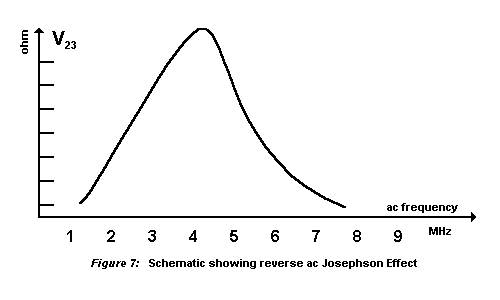In 1962 Brian Josephson showed that if there is a very thin electrically insulating film between two pieces of superconductor, then contrary to expectations, there will continue to be a flow of electrical current right through the insulator. This superconducting current is called a supercurrent. This phenomena is a very visible manifestation of a quantum mechanical effect. The details of the physics of this phenomena are however beyond the scope of this experiment guide.
A partial explanation is as follows. The new superconducting materials, like the ones included in all our kits, are very granular. The individual grains are believed to be superconductors. But, each grain is separated from the next by what scientists think is a very thin film of insulator. One would then expect the same Josephson Effect with these thin insulating film junctions too. In the terminology of the new ceramic superconductors, these multiple Josephson junctions are called weak links.
One way to actually observe the Josephson supercurrent is to perform the following experiment. In this experiment, a high frequency ac current is imposed on the superconductor via probes 1 & 4. One will then observe a dc voltage across the superconductor along the same direction as the applied ac signal, that is probes 2 & 3. This is called the reverse ac Josephson Effect.
For this experiment one will need an ac signal source with a variable frequency capable of up to about 20 MHz and a peak to peak output of about 10 Volts, appropriate connecting wires, and a good voltage measurement system. Connect the ac signal source across probes 1 & 4 of the four point probe device. Attach a digital voltmeter set for measuring dc voltage in the milivolt range between probes 2 & 3 of the device. The measured dc potential V23 varies between 1 and 2 milivolts with a peak response at an applied signal of frequency of 1 to 3 MHz. This result is shown schematically in figure 7 below.
The experiment has the following very significant features:
- It is a macroscopic demonstration of a quantum mechanical process.
- It exhibits the fundamental basis of the Josephson Effect. This Effect is expected to be of great importance in building the super fast computers of the future.

Information Courtesy of CSI Superconductors

